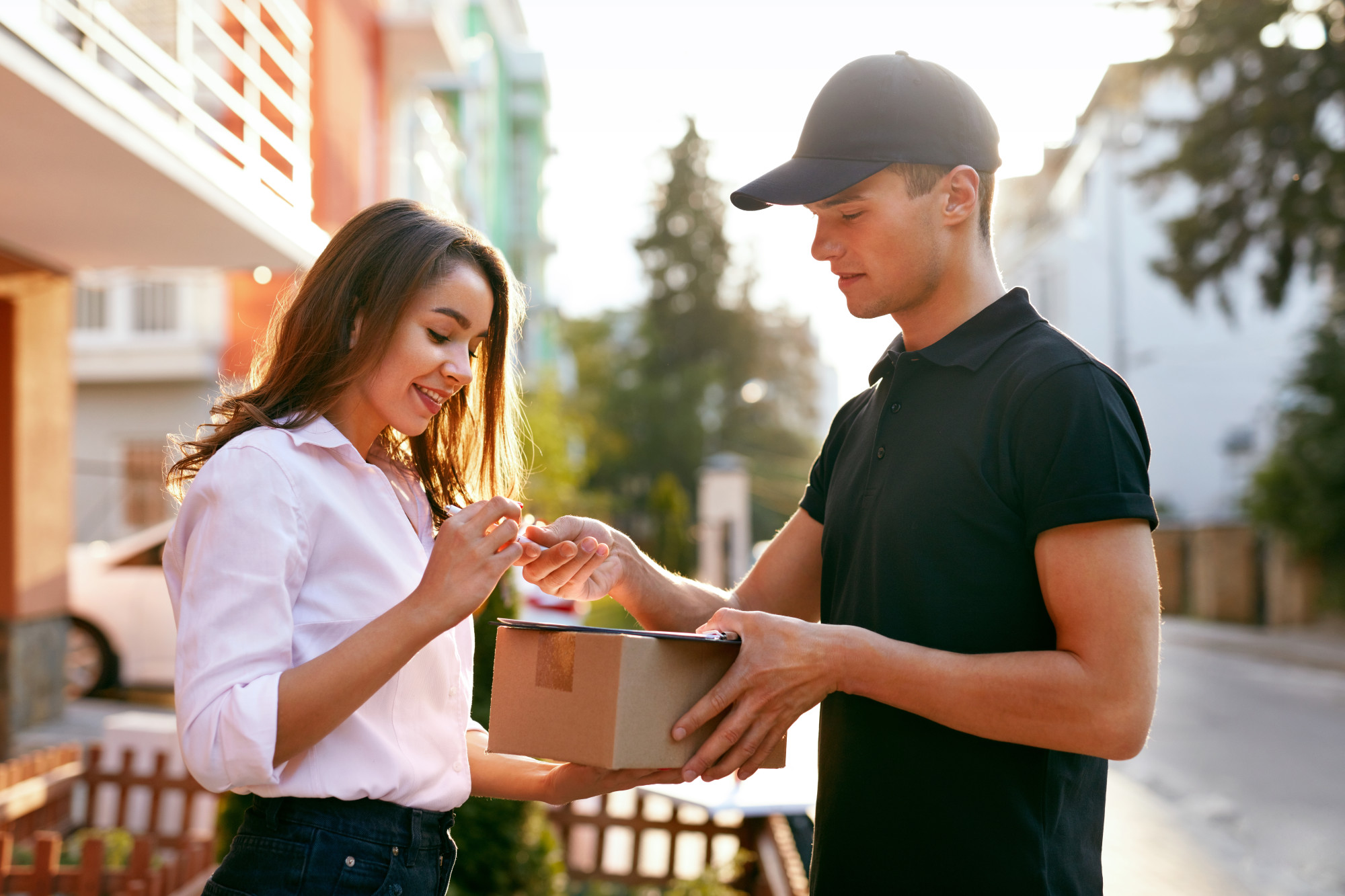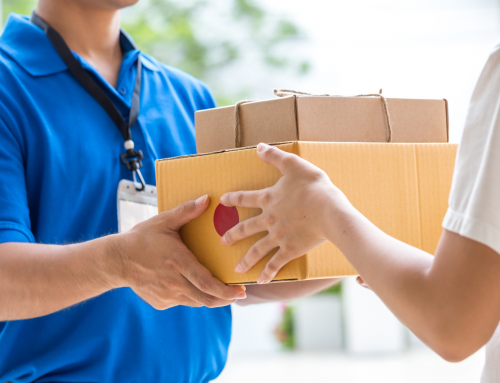How Last Mile Delivery Is Getting More Eco-Friendly and Sustainable
In today’s world, we want to get everything fast.
This is the age of Amazon Prime two-day shipping, of Uber Eats, of on-demand streaming.
But how do you meet the need for fast delivery without putting more cars on the road, burning more fuel, and negatively impacting the environment?
Luckily, the last mile delivery industry has been making strides to become greener and more sustainable. And with concern for the climate rising among consumers, that’s good news for any last mile provider.
Here’s how the industry is becoming more eco-friendly.
Sustainable Packaging
If you’re a regular Amazon Prime customer, you’ve probably noticed that sometimes, their packaging options make no sense. Thumb drives are shipped in large envelopes. Huge boxes contain smaller boxes that could be shipped on their own.
If that’s made you frustrated, you’re not alone. The online retailer’s decision to launch plastic mailers last August led to outrage among customers. As of the writing of this article, those mailers are still being circulated.
However, many last mile carriers have heard the call for more sustainable packaging. Some have simply reduced the size of their mailers, requiring less extra packaging like bubble wrap or Styrofoam peanuts.
Other people have suggested using entirely reusable packaging. In essence, items are shipped inside of a durable container that can be returned to the courier to be used again.
While that idea hasn’t gotten much traction yet, it’s a matter of time before someone decides to adopt it to meet the growing ecological concern of consumers.
And while few companies are rearing to introduce fully reusable shipping containers, more companies than ever are using packaging made from recycled material.
AI-Aided Optimization
One of the most difficult parts of delivery logistics is optimizing your route.
It’s much more environmentally friendly to make as few trips as possible, delivering to as many customers as you can during each trip. Likewise, it’s important to find the shortest distance between each delivery to conserve fuel.
However, this can be difficult for last mile delivery providers to do on their own. Especially with the option of delivery-on-demand changing your delivery schedule in the middle of a route.
The consequences of poor routing might not seem immense at first, but as you factor in more deliveries over more distance, it adds up.
For instance, let’s say each of UPS’ trucks has 120 stops in a day. If they take just 50 feet longer between stops, that can add up to a full mile. Over an entire fleet, that can add up to millions of lost dollars each year—all because the route wasn’t optimized.
Some delivery systems have turned to AI to help.
In this system, a machine learning system can analyze all of the delivery destinations, the position of other trucks, and even real-time data like traffic and street closures to create the most efficient itinerary possible.
This allows vehicles to make more deliveries in less time, offering faster shipping times to customers and saving fuel costs for delivery companies. Everybody wins!
Greener Vehicles
It’s no secret that delivery vehicles aren’t exactly eco-friendly. Big box trucks and gas-guzzling semis are the poster children for fuel inefficiency.
And yet, in the world of shipping logistics, their large cargo capacities often make them the best tool for the job. Often, delivery companies need to make the choice between large, fuel-inefficient vehicles and smaller, greener models.
Luckily, there has been a large number of breakthroughs in transportation technology that means you don’t have to choose anymore.
Just this February, Amazon announced its plans for a fully-electric delivery van. The company plans to have 10,000 of these trucks in its fleets by 2022.
That’s not the only green idea Amazon has had that is making waves among the delivery industry. They’ve already introduced electric drones that make on-demand deliveries minutes after delivery.
Last year, Starship Industries introduced a fleet of delivery robots to a number of college campuses. While these bots are still in the delivery phase, don’t be surprised if other delivery companies start adopting similar machines.
On the low-tech side of things, many short-distance delivery companies have returned to a familiar face: the bike couriers. Bike couriers are great for urban areas where residents are less spread out and where traffic can quickly halt incoming shipments.
Green Incentives
The desire for quick, instant shipping isn’t the most sustainable thing in the world. It’s far worse for the environment to send a single on-demand shipment than to wait until you have enough orders to make several deliveries in one trip.
Since it’s more eco-friendly to have customers wait, why not offer incentives to encourage them to do so? Offering discounts on greener shipping options might be enough to push customers to choose more sustainable delivery methods.
A 2017 survey from Internet Retailer and Bizrate Insights found that customers are willing to wait longer for free shipping—as long as they don’t wait too long. In fact, only 2.5% of responders said that fast shipping was more important than free shipping.
Additionally, 86% of shoppers prefer to do business with companies that mirror their priorities on social issues. If you offer discounts for sustainable shipping, you might even create some return customers for yourself.
Last Mile Delivery Is Going Green
While last mile delivery hasn’t always had the best reputation for being carbon-neutral, the industry is working hard to put the picture of gas-guzzling, smog-coughing rust buckets behind them and look toward a greener future.
If you’re looking for excellent last mile delivery service in Southern Florida, contact us today to see how we can help.

